A 33-slide editable PowerPoint template to use when teaching your students about explanation writing.
What are explanation texts?
The purpose of an explanation text is to describe how and why a particular thing works, or how and why a particular event occurs. Explanation texts can be written about a wide range of topics. Some examples include common objects, complex machinery, historical events and natural phenomena.
Teaching your students how to write an explanation text has never been so easy!
This PowerPoint presentation provides the complete guide to writing an effective explanation text. It has been designed to teach your students about the text structure and language features of explanation texts in a clear and logical sequence. The presentation includes:
- a tuning in activity designed to stimulate interest and activate prior knowledge
- an overview of the purpose of explanation texts
- an overview of the structure of explanation texts
- an overview of the language features of explanation texts
- three examples of explanation texts for students to read and analyse.
Work through the PowerPoint over a number of lessons. Class, group and individual activities to reinforce the structure and language features of explanation writing are also included in the teaching presentation.
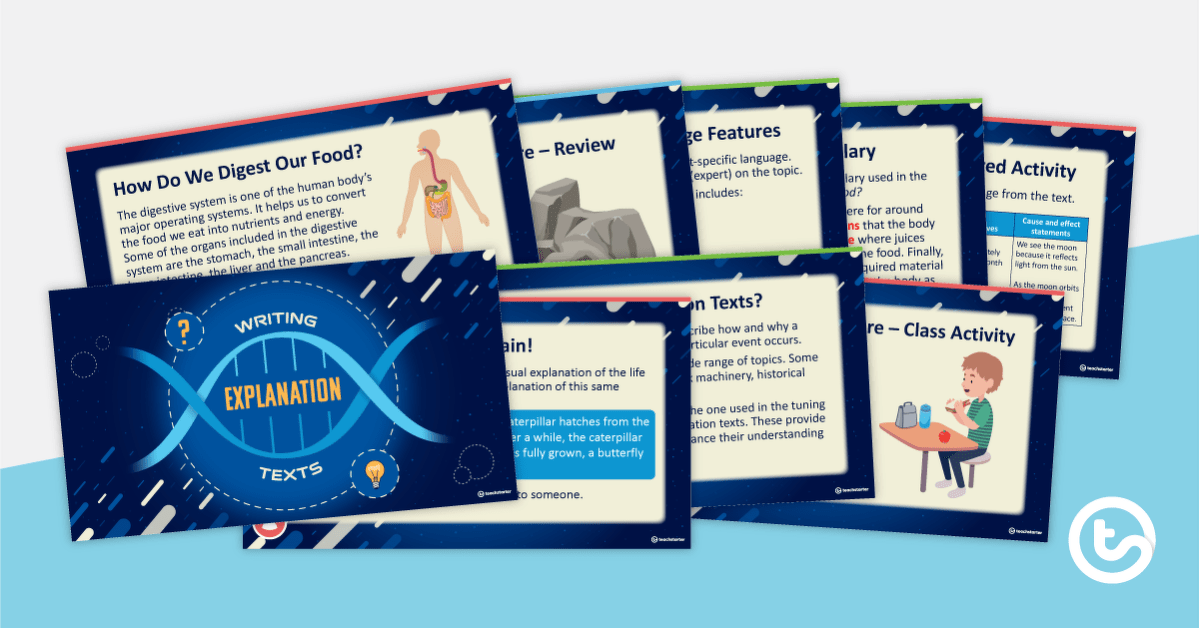
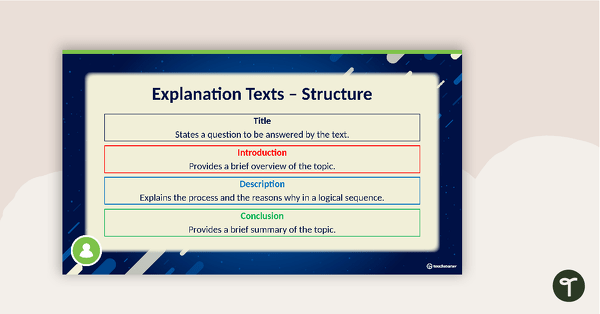

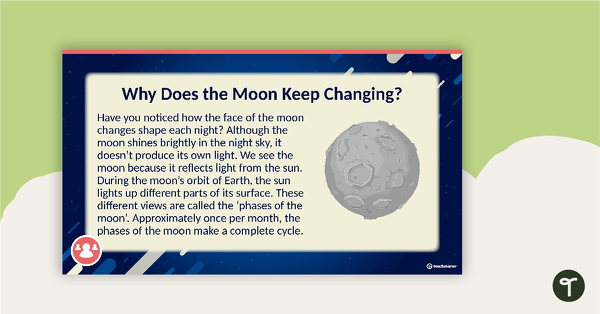

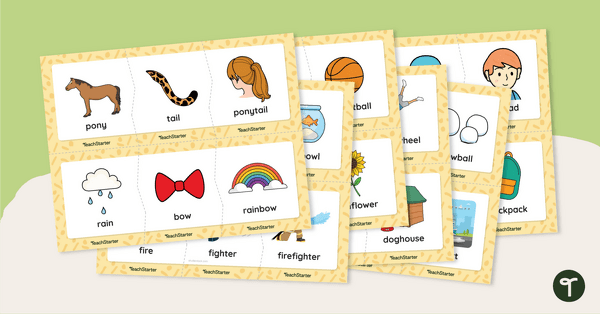
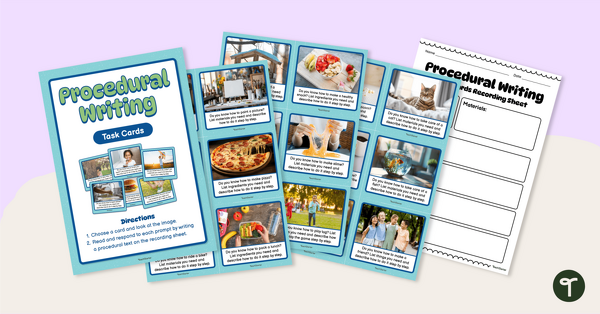
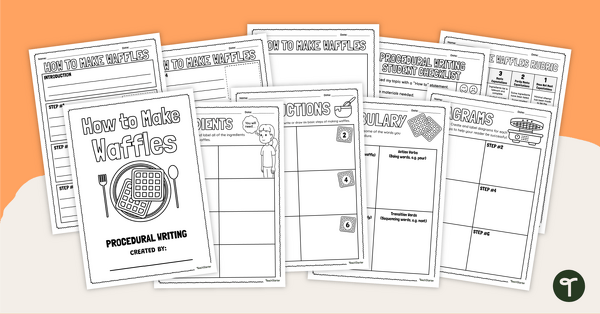
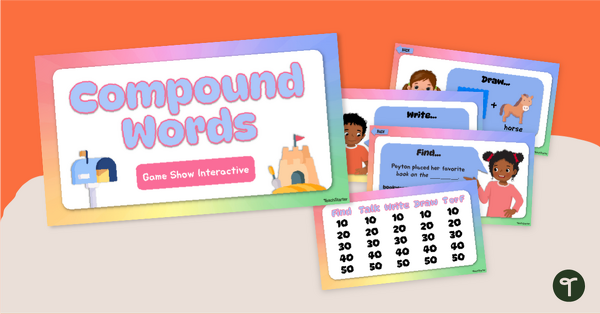
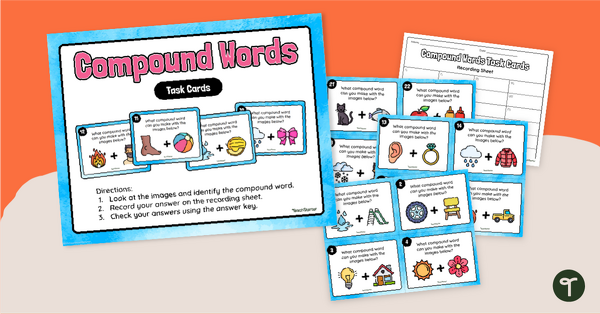
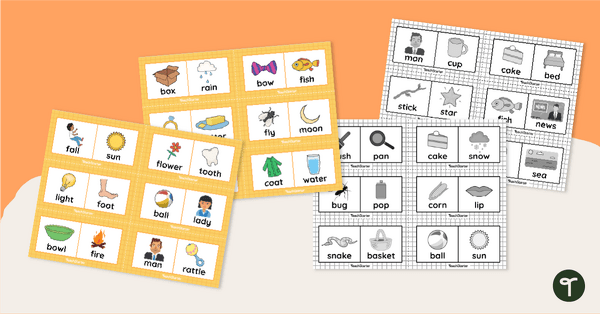


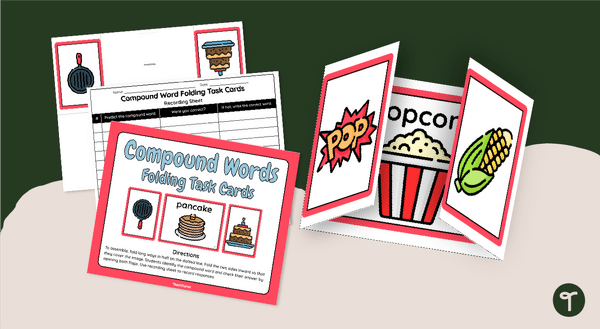
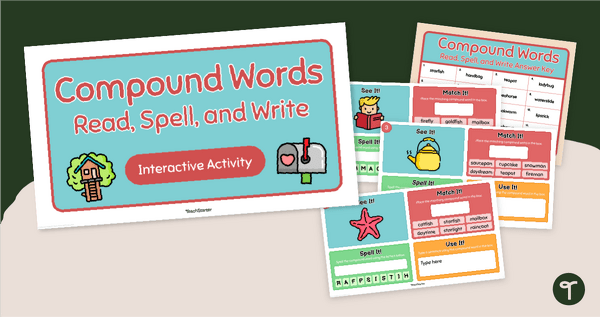
0 Comments
Write a review to help other teachers and parents like yourself. If you'd like to request a change to this resource, or report an error, select the corresponding tab above.